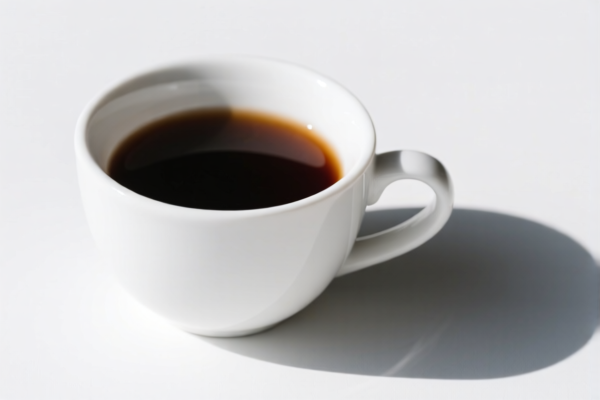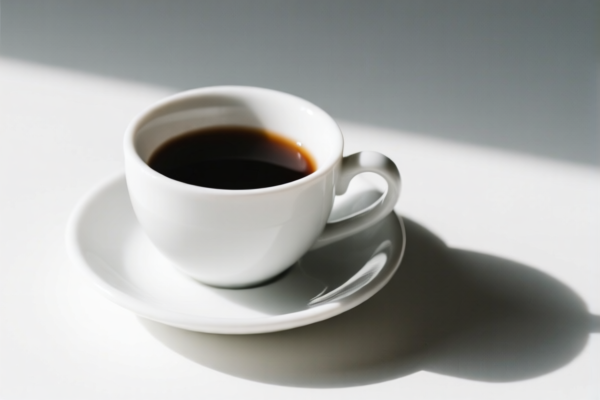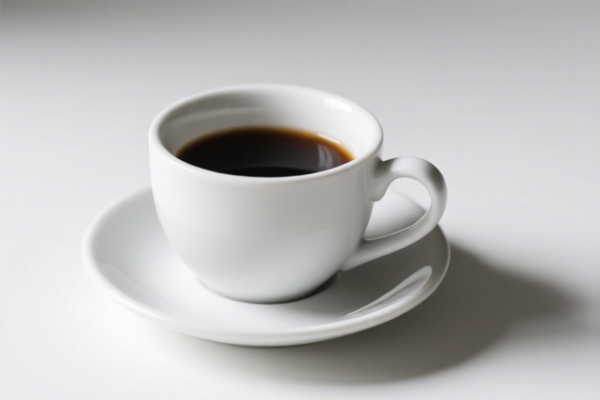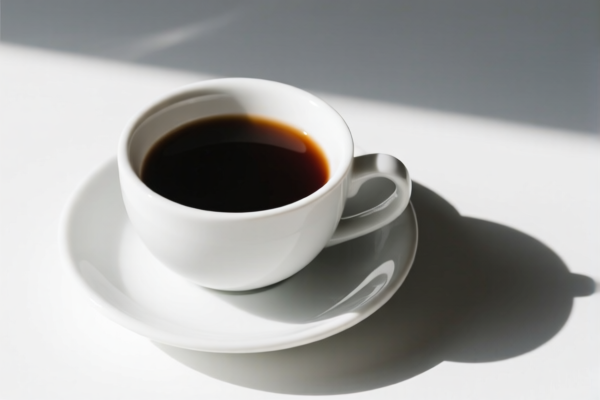| HS Code | Official Doc | Tariff Rate | Origin | Destination | Effective Date |
|---|---|---|---|---|---|
| 3923300090 | Doc | 58.0% | CN | US | 2025-05-12 |
| 3923500000 | Doc | 60.3% | CN | US | 2025-05-12 |
| 3924102000 | Doc | 44.0% | CN | US | 2025-05-12 |
| 3924104000 | Doc | 33.4% | CN | US | 2025-05-12 |
| 7323993000 | Doc | 63.2% | CN | US | 2025-05-12 |
| 7323995030 | Doc | 55.0% | CN | US | 2025-05-12 |
| 7326903500 | Doc | 87.8% | CN | US | 2025-05-12 |
| 9617001000 | Doc | 37.2% | CN | US | 2025-05-12 |
| 9617003000 | Doc | 36.9% | CN | US | 2025-05-12 |




Travel Cup
A travel cup, also known as a travel mug or commuter cup, is a portable, insulated container designed to hold beverages – typically hot drinks like coffee, tea, or hot chocolate – while on the move.
Material
Travel cups are constructed from a variety of materials, each offering different properties:
- Stainless Steel: Durable, resistant to rust and corrosion, excellent temperature retention. Often double-walled and vacuum-insulated. A common choice.
- Plastic: Lightweight and relatively inexpensive. Can be less effective at maintaining temperature and may absorb odors or stains. BPA-free plastic is frequently used.
- Glass: Offers a pure taste and doesn’t retain flavors, but is more fragile than other materials. Often features a protective silicone sleeve.
- Ceramic: Similar to glass in terms of taste neutrality, but heavier and more prone to breakage. Less common for travel due to fragility.
Purpose
The primary purpose of a travel cup is to maintain the temperature of a beverage for an extended period, allowing for consumption away from a fixed heat source. They also aim to prevent spills and leaks during transport.
Function
- Insulation: Double-walled construction and vacuum insulation are key features for temperature retention. This minimizes heat loss (for hot beverages) or heat gain (for cold beverages).
- Leak-Proof Lid: A secure lid is crucial to prevent spills. Lids often incorporate a sealing mechanism and may feature a sliding closure or a flip-top opening.
- Portability: Designed to fit comfortably in standard cup holders in vehicles and be easily carried.
- Durability: Constructed to withstand the rigors of daily use and transport.
Usage Scenarios
- Commuting: Ideal for bringing coffee or tea to work or school.
- Road Trips: Keeps beverages hot or cold during long drives.
- Outdoor Activities: Suitable for camping, hiking, or picnics.
- Everyday Use: Convenient for keeping beverages at the desired temperature throughout the day.
Common Types
- Stainless Steel Travel Mugs: The most popular type, known for durability and temperature retention. Available in various sizes and designs.
- Plastic Travel Mugs: A more affordable option, often with a wider range of colors and patterns.
- Smart Travel Mugs: Feature temperature displays or heating/cooling capabilities.
- Thermoses: Larger capacity, often with a more robust construction, designed for longer-term temperature retention. While similar, they are typically larger than standard travel cups.
- Collapsible Travel Cups: Made from silicone or other flexible materials, designed to save space when not in use.
- Travel Tumblers: Often wider than traditional mugs, sometimes with handles and designed for both hot and cold beverages.
Based on the material, use, and application scenarios, a “travel cup” generally refers to a portable container designed to hold beverages, typically for personal use while commuting or traveling. It can be made of plastic, iron/steel, or have vacuum insulation.
The following HS codes are relevant, based on the provided reference material:
- 3923300090: Articles for the conveyance or packing of goods, of plastics; stoppers, lids, caps and other closures, of plastics: Carboys, bottles, flasks and similar articles Other. This code covers plastic flasks and similar articles, which could include plastic travel cups. The total tax rate is 58.0%, comprising a 3.0% base tariff, a 25.0% additional tariff, and a 30.0% additional tariff effective April 2, 2025.
- 3924102000: Tableware, kitchenware, other household articles and hygienic or toilet articles, of plastics: Tableware and kitchenware: Plates, cups, saucers, soup bowls, cereal bowls, sugar bowls, creamers, gravy boats, serving dishes and platters. This code includes plastic cups, which could encompass travel cups used as tableware. The total tax rate is 44.0%, consisting of a 6.5% base tariff and a 7.5% additional tariff, increasing to 30.0% on April 2, 2025.
- 7323993000: Table, kitchen or other household articles and parts thereof, of iron or steel; iron or steel wool; pot scourers and scouring or polishing pads, gloves and the like, of iron or steel: Other: Other: Coated or plated with precious metal: Other. This code covers iron or steel articles, potentially including coated travel cups. The total tax rate is 63.2%, with an 8.2% base tariff and a 30.0% additional tariff effective April 2, 2025.
- 9617001000: Vacuum flasks and other vacuum vessels, complete; parts thereof other than glass inners: Vessels: Having a capacity not exceeding 1 liter. This code specifically covers vacuum flasks with a capacity of 1 liter or less, which are commonly used as travel cups. The total tax rate is 37.2%, consisting of a 7.2% base tariff and a 30.0% additional tariff effective April 2, 2025.
- 9617003000: Vacuum flasks and other vacuum vessels, complete; parts thereof other than glass inners: Vessels: Having a capacity exceeding 1 liter but not exceeding 2 liters. This code covers vacuum flasks with a capacity between 1 and 2 liters, also applicable to larger travel cups. The total tax rate is 36.9%, consisting of a 6.9% base tariff and a 30.0% additional tariff effective April 2, 2025.
Customer Reviews
No reviews yet.